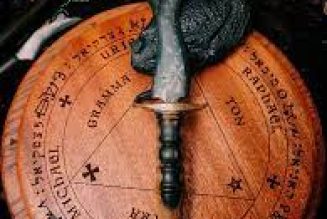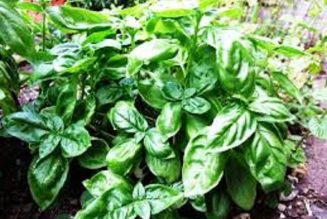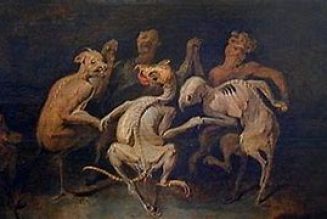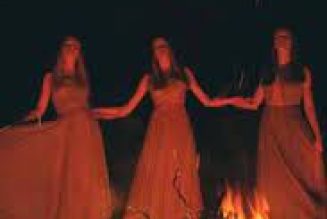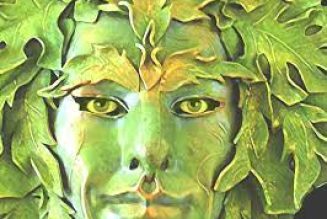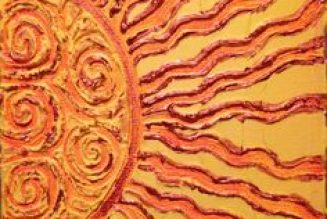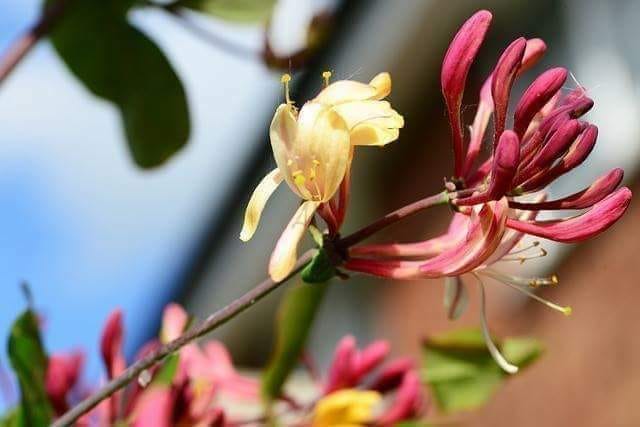
General Information
Honeysuckles are shrubs or vines with opposite oval-shaped leaves and their signature sweet-smelling tubular flowers. The flowers contain sweet nectar, but the fruit is poisonous. There are more than 100 varieties of Lonicera, about a dozen of which are used medicinally
History and Folklore
The sturdy stems of honeysuckle have been used to make rope as far back as the Bronze Age, and in parts of Britain are still commonly made into bridles and harnesses for pack ponies. In Geoffrey Chaucer’s work, ‘wodebyne’ is a symbol of steadfastness in love, and Shakespeare wrote of it in Act IV, Scene i of A Midsummer’s Nights Dream:
Sleep thou, and I will wind thee in my arms…
So doth the woodbine the sweet honeysuckle
Gently entwist;
The name honeysuckle comes from the tradition of children biting off the ends of the flowers to enjoy the drops of nectar inside.
Propagation
Most varieties of honeysuckle grow well between zones 5 and 8. Many exotic honeysuckles are considered invasive noxious weeds, so check the DNR or Department of Conservation to see what species are native to your area and consider planting those instead.
Harvesting & Storage
Because invasive honeysuckles are such a problem in many areas, it is recommended that you take care when wild-crafting to leave the native honeysuckles alone and make free with the exotic ones.
Varieties
Japanese Honeysuckle L. japonica is a vine with white flowers, sometimes tinted purple that change to yellow as they mature and small black fruit. It is native to Japan and was once used in the US as an ornamental ground cover and may also have been imported for its medicinal qualities. It has since escaped cultivation and is now considered an exotic weed and its sale is prohibited in some areas in some areas particularly in the Midwest United States.
Bush Honeysuckle L. tatarica L. (Tartarian), L. morrowii Gray (Marrows), L. x bella (Belle), L. maackii (Amur) Are native to Asia and Western Europe and considered to be dangerous invasive species in much of the united states. They are very pretty plants and were once popular ornamental.
Grape Honeysuckle L. reticulata A woody vine native to the United States. It is found along forest boarders and woody slopes. It is considered endangered in Kentucky and Tennessee and should not be wild-crafted there but can be cultivated in a sunny spot in sandy or loamy soil with moderate moisture. Tubular yellow flowers, sometimes tinged orange or pink at the tips, appear in May and June followed by red berries.
Yellow Honeysuckle L. flava
Limber Honeysuckle L. dioica
European Honeysuckle L. periclymenum also known as Woodbine
Coral Honeysuckle L. sempervirens
Common Honeysuckle L. caprifolium aka Dutch honeysuckle, Italian honeysuckle, woodbine. This is the honeysuckle most of the old European herbalists are talking about when they recommend honeysuckle for healing.
Magical Attributes
Honeysuckle is associated by Culpeper with the planet Mercury and the sign Cancer. According to other sources it is associated with the planet Venus and the element of Earth. Honeysuckle flowers may be used in spells designed to determine the true worth of a person or thing. They may be burned in a censer or steep the flowers in wine, strain and drink.
Honeysuckle flowers may also be added to a Honey Jar.
The vines of the honeysuckle plant may symbolically twined together to bind two lovers to ensure fidelity and desire for each other.
Create a wreath of the flowering vines to encircle a money-drawing candle to increase its effectiveness. Or burn honeysuckle to support any money drawing spell.
Honeysuckle brought into a home will help ensure a good marriage for the people who live there.
Grow honeysuckle near your home to attract love, luck and wealth and to protect your garden from negative influences.
The scent of honeysuckle is said to clear the mind, stimulate psychic powers, sharpen intuition, encourage psychic dreams, sweeten any mood and stimulate generosity. A flower rubbed on the forehead is said to increase psychic abilities.
Healing Attributes
Common Honeysuckle L. periclymenum has traditionally been used for coughs, asthma and other respiratory complaints, as well as a diuretic and laxative, although its use is uncommon in modern herbalism due to the toxicity of the plant.
Japanese honeysuckle L. japonica is antibacterial and used to treat a number of infections and inflammations. An infusion of the stems may be used to clean minor abrasions to prevent infections or a poultice may be used to treat skin infections, inflammations and rashes such as those caused by contact dermatitis.
++Caution
Despite honeysuckles traditional medicinal uses and sweet reputation, some people have been known to develop contact dermatitis from handling the plant. Taken internally in large doses, the plant is emetic and toxic.
